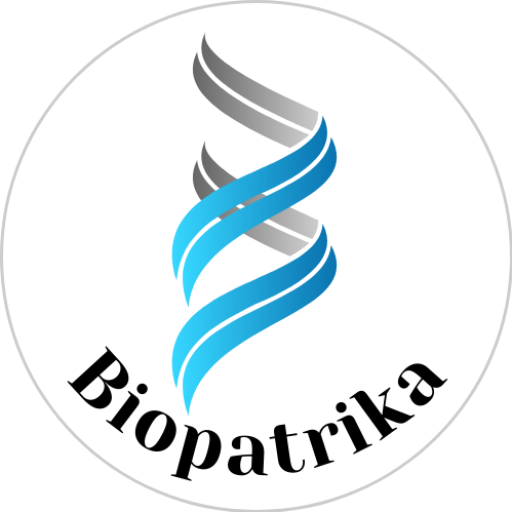🧫 H. pylori CagA Protein: A Potent Inhibitor of Amyloid Formation
Science Advances has just published a groundbreaking study revealing that the CagA protein from Helicobacter pylori not only inhibits the amyloid formation of harmful amyloid fibrils but may also hold the key to unlocking new treatment strategies for both bacterial infections and human neurodegenerative diseases.
Citation:
Science Advances, 2025 |
More Science News
🌟 Key Discoveries
- CagA disrupts the formation of both bacterial biofilm and pathological human amyloids.
- It exhibits broad-spectrum inhibition across various stages of amyloid formation.
- Acts at nanomolar concentrations—a remarkable efficiency for a bacterial protein.
- Retains activity even in its isolated domain II, indicating a targeted mechanism.
🔬 Microbial Innovation Meets Human Health
Bacteria like H. pylori have evolved intricate ways to thrive and interact with their environment. This study highlights how CagA-positive strains manipulate amyloid dynamics—not just in competing bacteria but also in the human host.
🧠 Implications for Alzheimer’s & Beyond
Though the link between CagA-positive H. pylori and neurodegenerative diseases like Alzheimer’s remains debated, this study opens the door to examining CagA’s therapeutic potential. Its amyloid inhibition could complement current AD treatments targeting Aβ plaques and tau pathology.
🧬 Impact on Gut Microbiota
By blocking biofilm-related amyloids, CagA may alter gut microbial ecosystems—possibly reducing beneficial bacteria and contributing to dysbiosis. These changes merit further study in understanding chronic diseases and systemic inflammation.
🧪 Evolutionary Adaptation
CagA’s structure bears similarity to proteins in Borrelia burgdorferi, suggesting anti-amyloid functions may be evolutionarily conserved across bacteria. This discovery could shift how we perceive bacterial roles in health and disease.
“CagA acts as an efficient anti-amyloid agent by targeting multiple microscopic steps of fibril formation—showing us that even pathogens may harbor tools we can repurpose for healing.”
📌 What’s Next?
-
- Exploration of CagA’s effect on Gram-positive bacteria.
- Large-scale trials to assess its impact on human neurodegeneration.
- Investigation of CagA-derived therapeutic compounds.
🧠 As science digs deeper into the microbial universe, we continue to uncover tools that nature has hidden in plain sight. CagA might just be one of those rare molecular gems that bridge microbial competition and human health solutions.
🔗 Read the full article:
Helicobacter pylori CagA protein is a potent and broad-spectrum amyloid inhibitor
Explore more
🎤 Career – Real career stories and job profiles of life science professionals. Discover current opportunities for students and researchers.
💼 Jobs – The latest job openings and internship alerts across academia and industry.
📢 Advertise with BioPatrika – Reach the Right Audience, Fast!
🛠️ Services – Regulatory support, patent filing assistance, and career consulting services.




